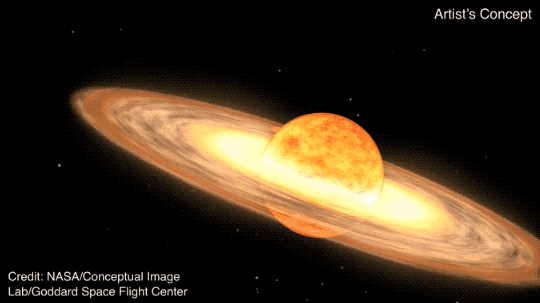This star appears once every 80 years: How to see the once-in-a-lifetime phenomenon
According to NASA, the total solar eclipse isn't the only rare celestial phenomenon you'll be able to see in 2024's skies.
A star system 3,000 light-years away from Earth is predicted to become visible to the naked eye this year — likely a once-in-a-lifetime viewing opportunity, as the phenomenon only occurs roughly every 80 years.
Here's what to know about the next rare stellar display of 2024.
More: NASA is giving the moon its own time zone. Why the clock is ticking.
What star will explode in 2024?
T. Coronae Borealis last "exploded" in 1946, and NASA astronomers say it's likely to explode again before September 2024.
T CrB is a binary system, meaning a solar system with two stars instead of the one star in systems like Earth's – the "explosion" isn't actually a single cosmic body exploding, but as National Geographic put it, "a celestial dance between two dying stars orbiting one another."
More: 'Like a large drone': NASA to launch Dragonfly rotorcraft lander on Saturn's moon Titan
What is a nova explosion?

A nova explosion is different from a supernova explosion. National Geographic explained that supernovas are "core collapses," leading to the complete destruction of a star. This can only occur in stars about eight times the mass of our own sun.
Novas like the one T CrB will undergo are surface explosions that fling matter into space without destroying the star. NASA said that T CrB is extra special, as it is a recurrent nova, undergoing regular (though only every 80 years) explosions. There are only five of these recurrent novas in our galaxy.
More: Recount Voyager 1's interstellar odyssey that outlived NASA expectations
What triggers a nova explosion?
T CrB's recurrent nova explosion is triggered when the solar system's red giant star becomes unstable due to increasing temperature and pressure, and eventually begins ejecting its outer layers. The system's white dwarf star collects the ejected matter onto its surface, heating the atmosphere and creating a runaway thermonuclear reaction – the nova visible from Earth.
More: NASA investigating a strange object that fell from space and crashed through Florida man’s roof
What does a nova explosion look like?
The T CrB star system is normally much too dim to see with the naked eye. Its normal magnitude is plus 10, but during the nova explosion event, it will jump to plus 2, a similar brightness to the North Star, Polaris.
NASA said that at peak brightness, the nova should be visible to the naked eye for several days, and just over a week with binoculars, before it dims again.
More: Video altered to wrongly claim NASA used poor editing to 'fake space' | Fact check
How to view the nova explosion

NASA explained how to view the nova once it becomes visible, likely sometime between now and September. The organization suggested becoming familiar with the constellation Corona Borealis, or the Northern Crown, which is a small, semicircular arc near constellations Bootes and Hercules. This is where the nova will be visible, appearing similar to a bright new "star."
Iris Seaton is the trending news reporter for the Asheville Citizen Times, part of the USA TODAY Network. Reach her at [email protected].
This article originally appeared on Asheville Citizen Times: 80-year recurrent nova explosion expected in 2024
